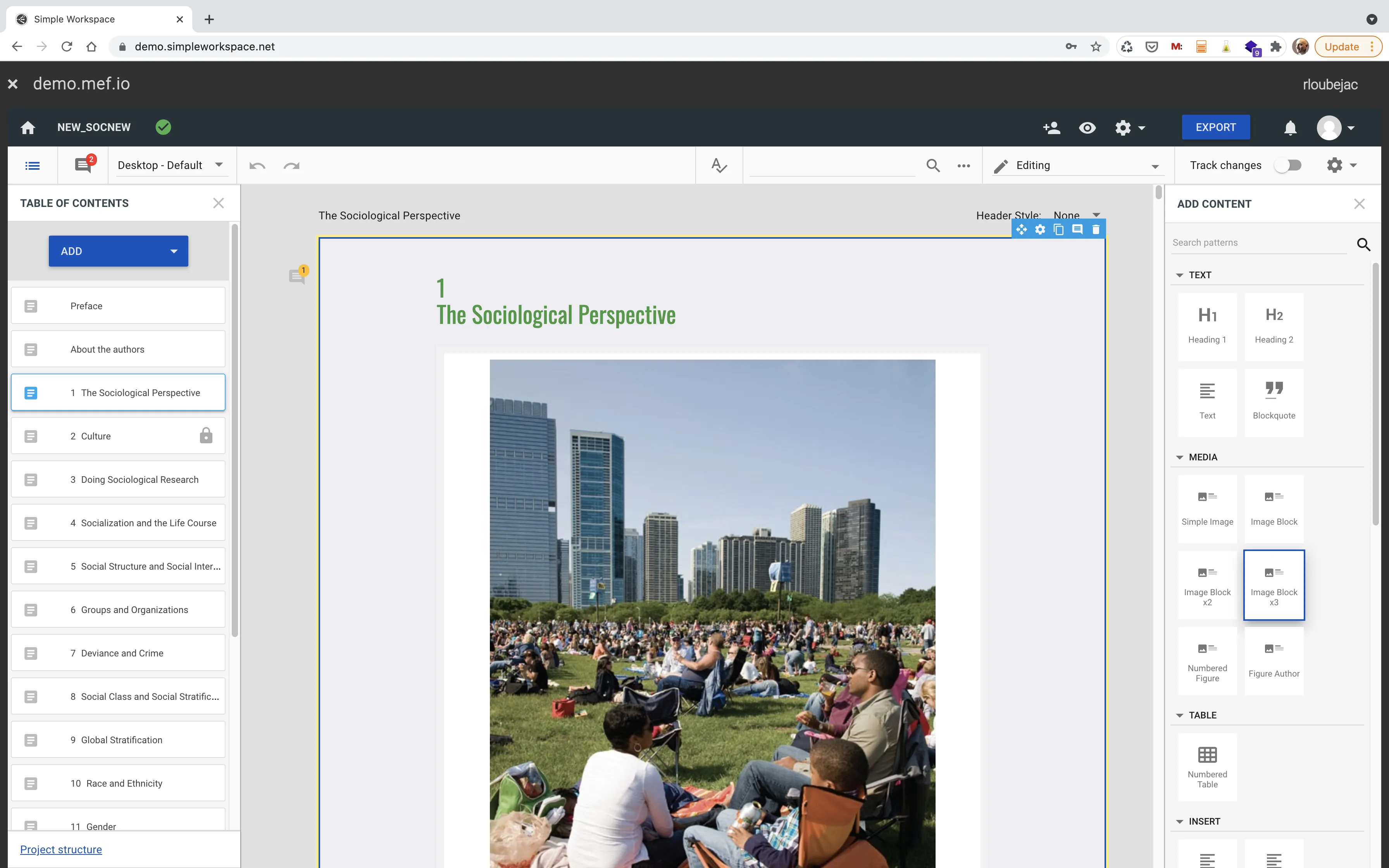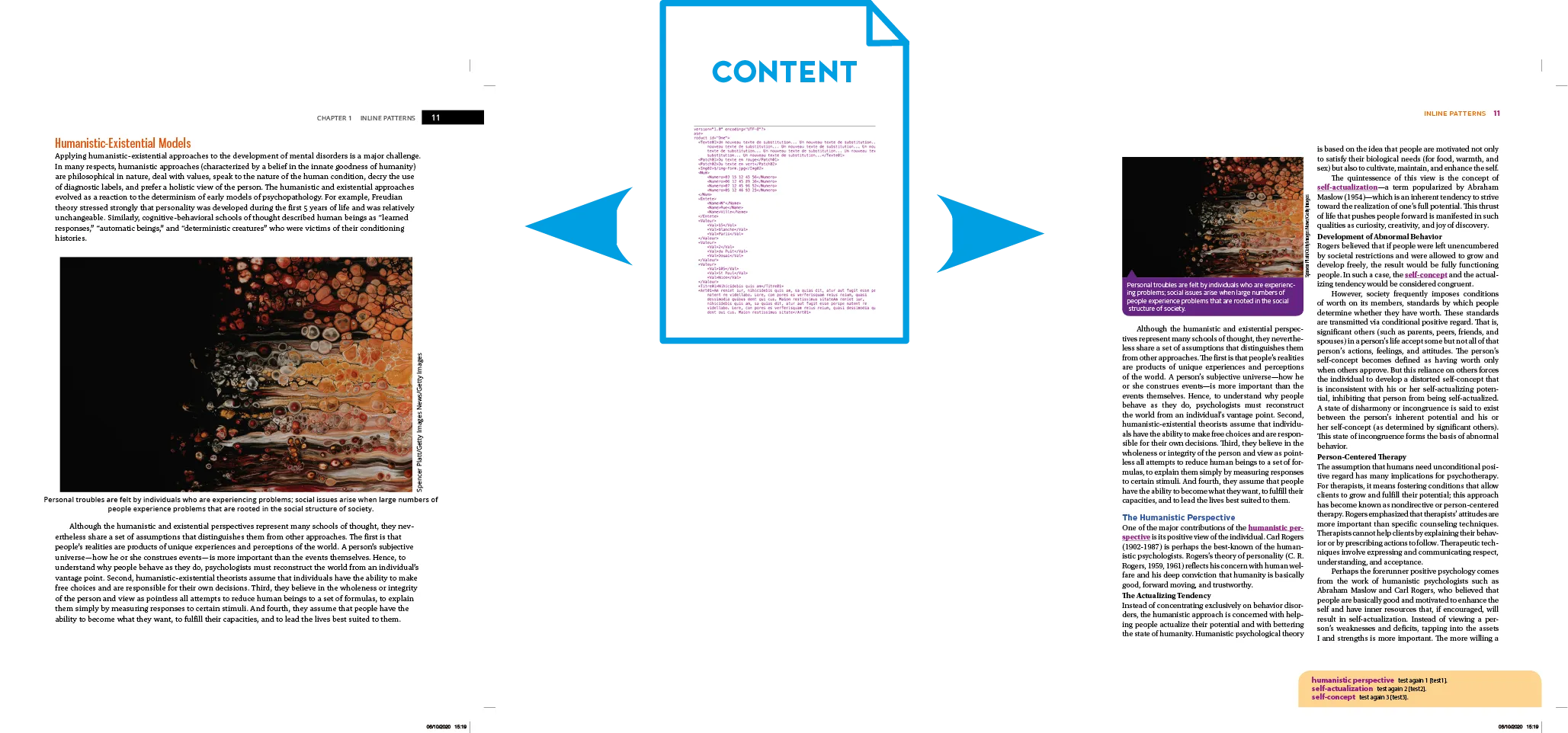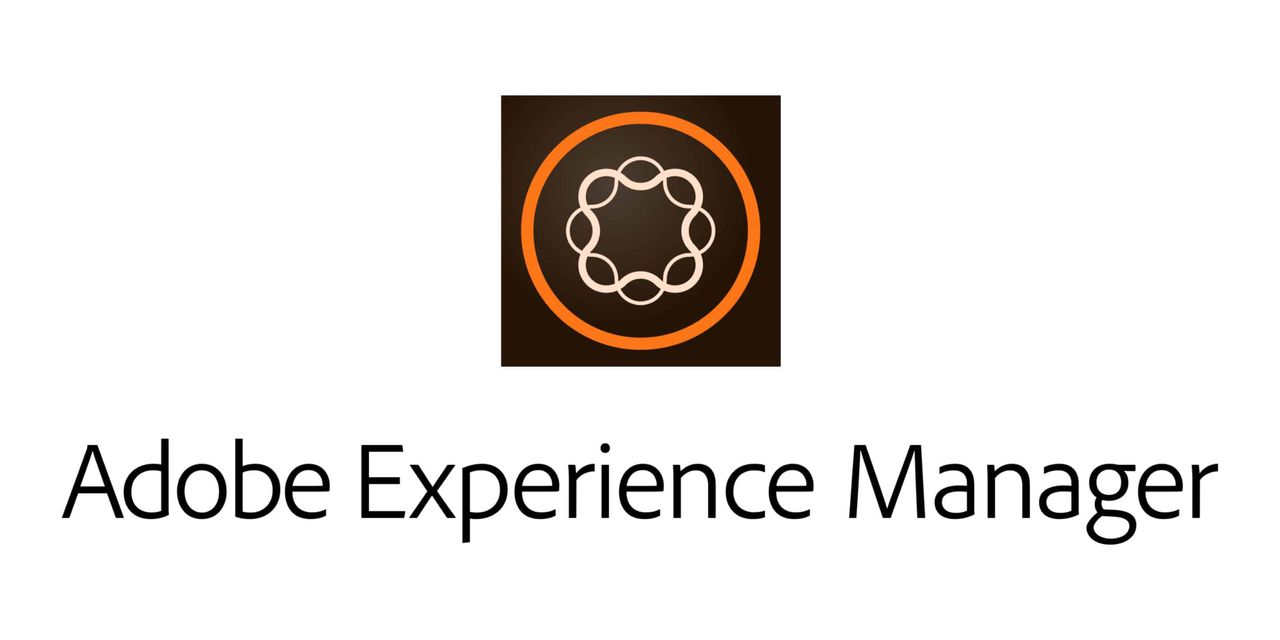Print and digital books in education
Digital book reading is on the rise 1: more than a million more readers in 12 months, which brings to more than a quarter the number of French people who have already read a digital book.
Meanwhile, students continue to mark their attachment to printed books. A 2018 study showed that students who used a tablet for reading were in the minority 2. This is not a rejection of technology; physical books can be easily annotated, placed next to each other to facilitate the study of different sources of information: changing habits is difficult!
Digital technology has its advantages, particularly in terms of the “active engagement” necessary for learning 3: exercises such as quizzes with immediate answers can help both the student and the teacher.
It is no longer a question of opposing the two media, but of considering that they complement each other. Some publishers in specialized in the academic domain have requested that we provide a Print-Digital workflow so that teachers can bring readers to the relevant content regardless of the medium used.
Publisher’s challenges
Digital transformation is a major challenge for book publishers in the education sector who have to conciliate the need to:
- Generate revenue, still mostly related to the sale of printed books ;
- Evolve their offer to meet the growing expectations of digital media;
- Maintain margins by optimizing production processes.
Digital first
J2S helps publishers implement a “Digital First” approach, a true multi-channel solution that consists in generating the different media from the same digital content, as we have done with our partner Gutenberg Technology for publishers such as Cengage Learning, National Geographic Learning, CompTIA, etc.
The promise of Digital First is to cut in half the time required for the print and digital publication of a book, knowing that with a traditional production model that deals sequentially with print and digital, the publication of a book takes about 17 months.
As far as print is concerned, the main lever for optimizing production is to automate the layout of the content as much as possible so that the editor, or even the author, can see the result of his work without having to call on the typesetting department. Thus, the work of composition will start when the contents are validated to reduce as much as possible the exchanges of PDF sent by email.
Illustrated books and automation
Automating the layout of illustrated books in InDesign? Impossible, people often think, until we prove it!
How can our solution handle complex layout variations in long documents?
It all starts with the metadata: when content is properly formalized in the content management system (which is also necessary to produce EPUB-compliant ebooks), authors and editors unknowingly deliver the necessary information that will allow us to trigger the correct layout of the elements they create.

The input interface of the MEF solution from our partner Gutenberg Technology.
According to the charter, it is the presence of a content category in the data stream that triggers the layout control in the InDesign document. For example, the main text flow can be momentarily interrupted by a frame made up of an image accompanied by its caption and credit (e.g. Image block), or the definition of a term created during the input in an authoring system such as MEF 4 will be positioned next to the defined term, in the margin of the generated InDesign document.

The magic lies in our know-how and technology 5 which come together to produce spectacular results!
————————-
If you are also interested in automating the layout of your content from your information system, please contact us , we will be pleased to share our experience!
Richard Loubéjac,
Co-founder of J2S
Syndicat National de l’Édition, Print, digital and audio books, 11th barometer on digital/audio book usage, 2021. ↩︎
Florence Thiault, Digital tablet reading practices in higher education settings, 2018. ↩︎
Stanislas Dehaene, the main principles of learning, 2012. ↩︎
MEF est la solution « d’Authoring » de notre partenaire Gutenberg Technology qui permet de saisir et éditer les contenus qui seront publiés. ↩︎
Les principes de génération automatique évoqués dans nos articles s’appliquent également dans le contexte du livre. ↩︎











